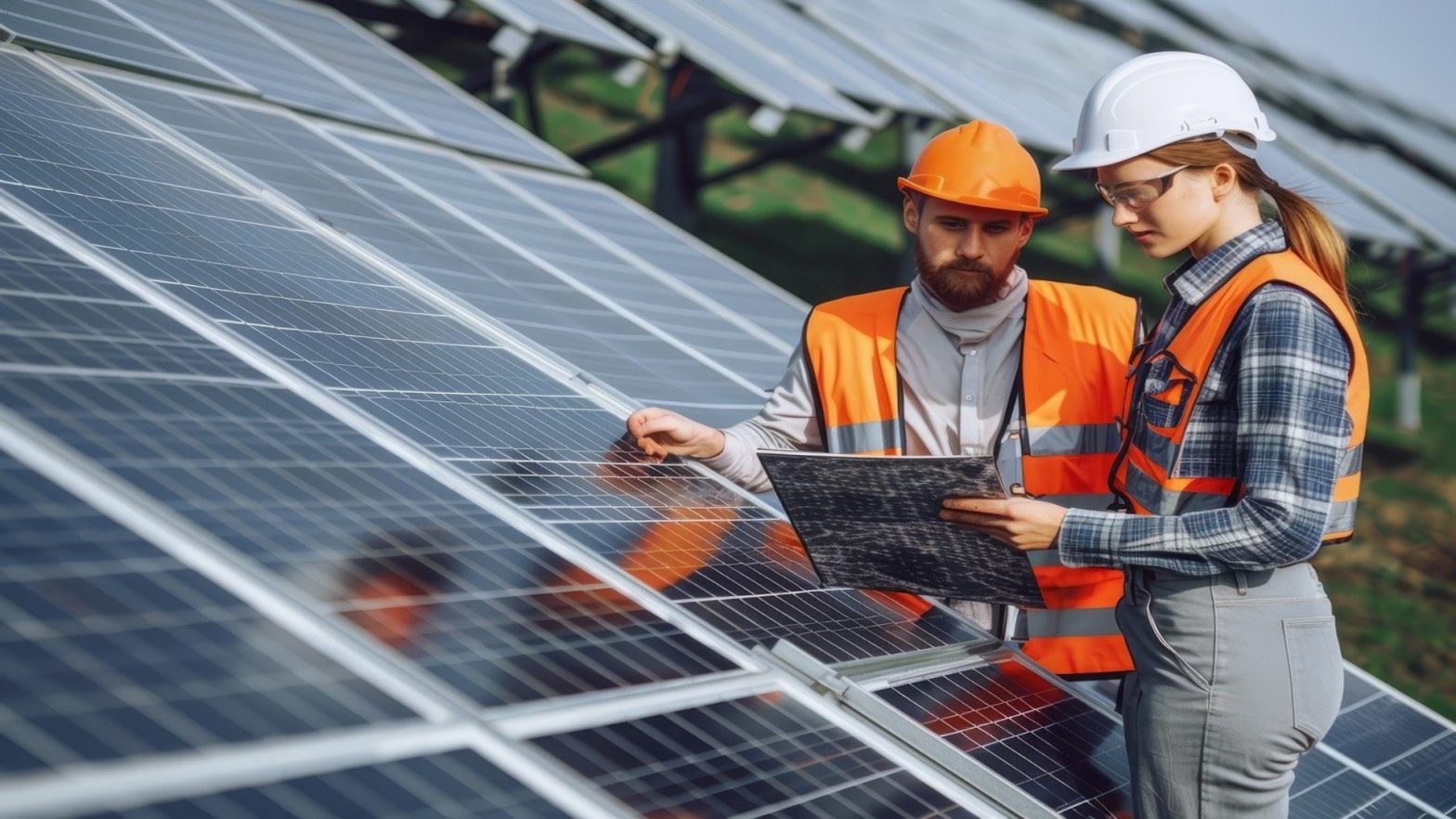As the world moves away from fossil fuels and toward greener lifestyle choices for various reasons, you may be wondering what changes you can and should incorporate that will be most cost-effective and best at reducing your overall carbon footprint. We have a list of suggestions to help you reduce your energy consumption, increase your savings, and craft a more sustainable lifestyle.
Transportation: Making Different Choices
Perhaps one of the few good side-effects to come out of the COVID-19 pandemic and the resultant quarantines were the near lack of commuter traffic in many large cities and the corresponding days and weeks of pristine air. Based on the laws of supply and demand, gas prices dropped steeply. Yet, so did production.
Now, with the pandemic effectively over in the Western hemisphere, fossil fuel prices are soaring as demand resumes at previous levels while supply continues to catch up. While carbon footprint is a consideration for many, the sheer cost per gallon of gasoline is another motivating factor for others.
So what can you do?
1. Consider driving less by taking public transportation, carpooling, or bicycling. All of these choices reduce your carbon dioxide (CO2) emissions.
2. Turn off your air conditioning in town and open the windows.
3. Start and stop slowly to improve your gas mileage if driving is necessary.
4. Use apps like Waze or GoogleMaps to avoid sitting in traffic jams.
5. Make sure your car is well-maintained with recent oil changes and proper tire inflation, and combine any errands you need to run during your trip.
6. For longer trips, use cruise control to optimize your fuel efficiency.
Does the vehicle you drive matter?
7. If you’re in the market for a new vehicle, consider a hybrid or electric car. While many electric vehicles initially have higher carbon footprints and purchase costs than conventional vehicles, these vehicles generally break even on carbon footprint in three years or less and produce significant savings over the car’s lifetime. Additionally, you might be eligible for a state or federal electric vehicle tax credit, which could defray some of the initial purchase cost.
What about flying?
8. If you fly regularly, avoid trips whenever possible by scheduling teleconferences or working remotely.
9. Opt for direct flights because takeoffs and landings use the most fuel, and choose economy class because more people share the flight’s carbon footprint burden.
Home: Making Subtle Changes Can Result in Major Savings
Another significant direct energy cost most of us face is powering, heating, and cooling our homes. Yet we might make incremental choices over time that directly affect our carbon footprint and help us reduce costs. Additionally, we can also make larger investments that will provide reasonable returns over time.
What are some of the incremental changes we might make?
10. Consider changing incandescent light bulbs for light-emitting diode (LED) bulbs. While fluorescent bulbs are slightly less costly, they contain mercury, requiring special handling for disposal or recycling. LEDs run cooler, last longer, and burn brighter than fluorescents.
11. Install and use a programmable thermostat for every zone. When you’re home and awake in winter, set the thermostat for your heater to 68 degrees Fahrenheit. Set the thermostat as much as 10 degrees cooler when you’re away or sleeping. Consider moving the thermostat for your air conditioner to 78 degrees Fahrenheit when you’re home in the summer. Increase the thermostat by 10 degrees while you’re gone.
12. Ceiling fans in every room can help reduce heating and cooling costs significantly.
13. Insulate your home’s attic and wall spaces, and check doors and windows for leaks and thermal integrity. Older, single-pane glass windows might be noticeably inefficient insulators. Ultimately, you may want to decide whether the investment to upgrade your windows is worthwhile. Also, check your heating and cooling ducts for leaks.
14. Consider reducing your water heater temperature to 120 degrees Fahrenheit. In addition to avoiding scaldings, you’ll save as much as 550 pounds in CO2 emissions annually. Combined with low-flow showerheads, you might save up to another 350 pounds of emissions.
15. We know this seems obvious, but turning off lights saves energy and money. What might be less obvious is using smart power strips for all electronic devices and turning everything off at the power strip when it’s not in use. You can eliminate what Harvard University calls vampire power draw using the power strip technique or unplugging unused devices.
Larger monetary investments might include replacing windows, adding solar collection and battery storage to power your house, or using insulated metal or clay roofing.
Whether your primary desire is saving money, reducing your presence on the grid, or trying to live greener, implementing some or all of these suggestions can help. You might consider other areas of improvement, including what you eat, how you cook, what you buy, what you wear, and how you shop. If the last two years have shown us anything, it’s just how interconnected we are on so many different levels. While we might be primarily motivated by self-interest, what’s beneficial individually might ultimately be critically important for all of us.




























